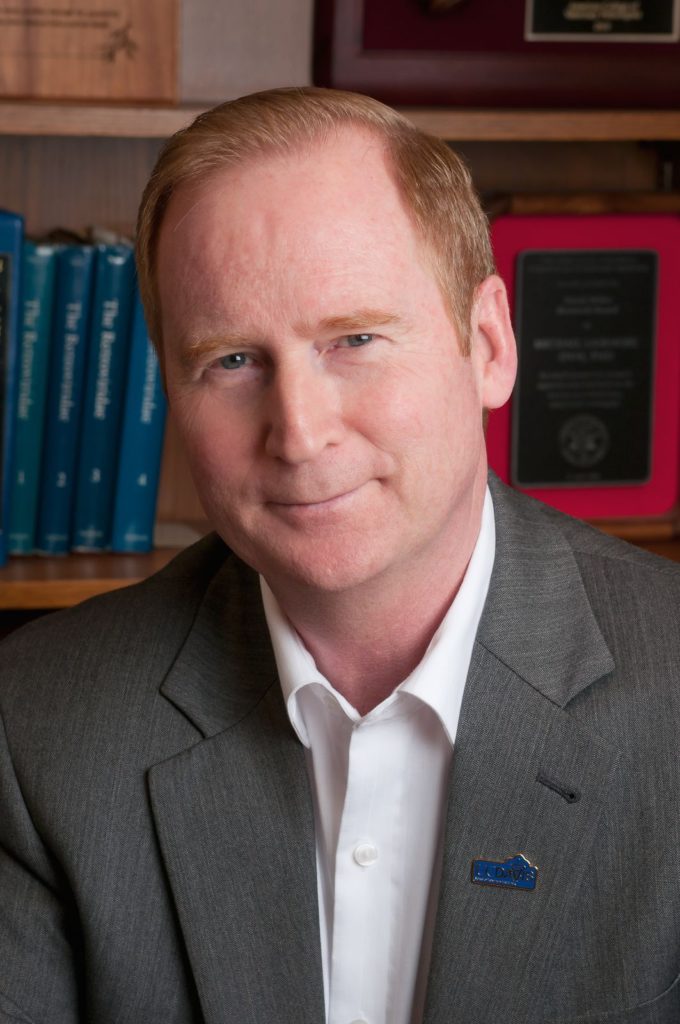Claire Tucker, in the College of Veterinary Medicine and Biomedical Sciences Office of Advancement, recently interviewed Dr. Lairmore; excerpts are below.
Ph.D. ’87

Dean, University of California, Davis, School of Veterinary Medicine
Dr. Lairmore earned his veterinary degree at the University of Missouri at Columbia, then came to CSU for a doctoral degree in experimental pathology. He worked as a dairy veterinarian, as an anatomic pathology resident at CSU, and as a microbiologist at the Centers for Disease Control and Prevention. He later served as a Professor, Associate Dean for Research and Graduate Studies, and Associate Director of the Comprehensive Cancer Center at The Ohio State University. Dr. Lairmore now leads the School of Veterinary Medicine at the University of California, Davis.
Quotable
We are in a unique position as veterinarians because we think in a comparative way. It is very important for veterinarians to be leaders in their profession and also in addressing the needs of society.
From dairy practice to research
After veterinary school, I went into dairy practice. That experience opened my eyes to the value of public health and the relationship between animals and communities. When my son was born, I knew I wanted a lifestyle that would allow me to be a father and a scientist. I looked into Ph.D./residency programs, and selected Colorado State University because it had an NIH fellowship program in pathology.
Interest intensifies in ovine progressive pneumonia
A pivotal moment occurred when I was in a laboratory meeting and a fax came across that showed that the viral particle from patients dying in San Francisco of immunodeficiency indicated that the then-unnamed virus was going to be classified as a retrovirus, and more specifically as a lentivirus, the same class of viruses that caused ovine progressive pneumonia. Dr. James DeMartini, my advisor, asked me if I wanted to change my Ph.D. project to exclusively study ovine lentiviruses as models of AIDS, and the rest is history. The lung lesions that we see in sheep with OPP were well-understood at that time, and were useful in understanding the pathophysiology of HIV. I was able to present on our model to lead HIV researchers and publish my thesis work in major journals.
Training in retroviruses leads to CDC
At the CDC, I was given the opportunity to study human T-lymphotropic virus type 1 (HTLV-1), and spent the rest of my research years examining human retroviruses, eventually leading to my election to the National Academies of Medicine.
The importance of curiosity
When I interview students, I want to see that they have the ability to ask “Why?” and the tenacity to seek evidence for that answer. Often the questions of students are more direct and insightful than any I could ask, helping me and my colleagues think about our work in novel ways. They have a humility that is inspiring, embracing what they do not know with enthusiasm. My mentor Dr. Demartini back at CSU put it this way: “Research narrowly, but read broadly.” I try to follow this, and I hope my students do as well.